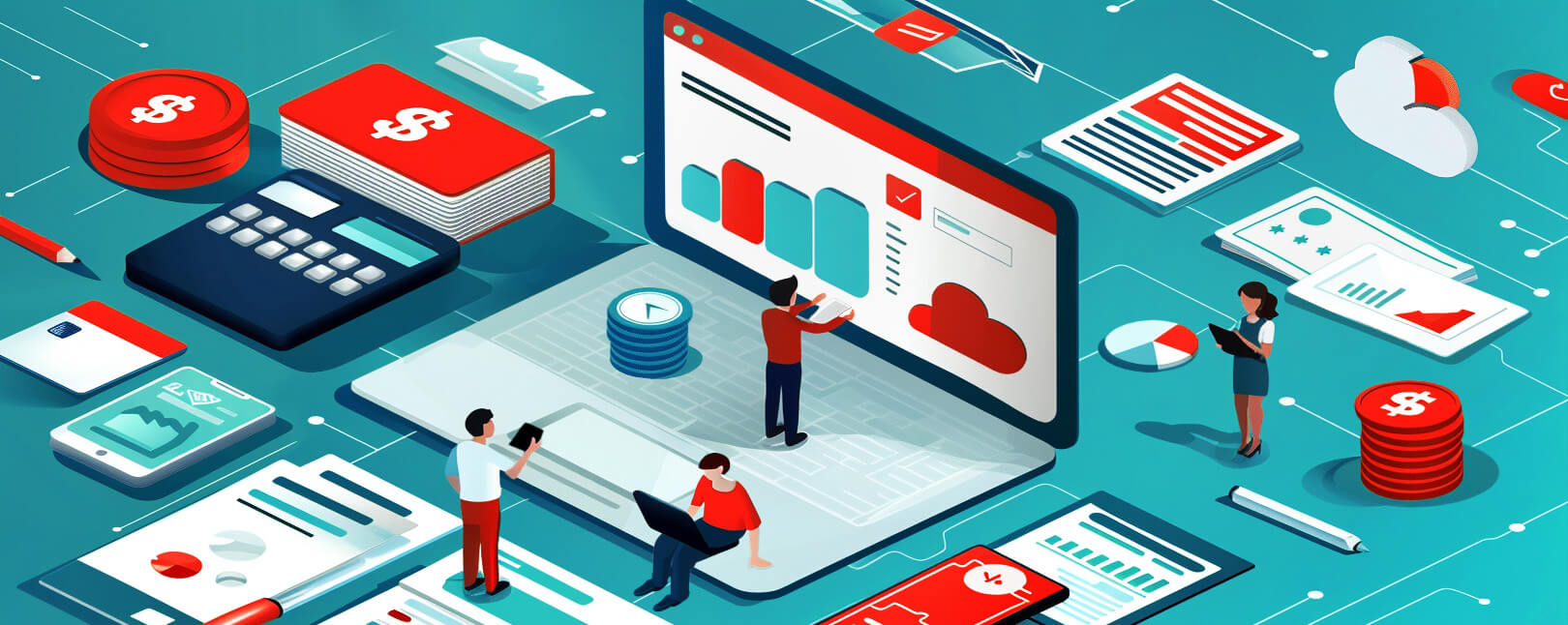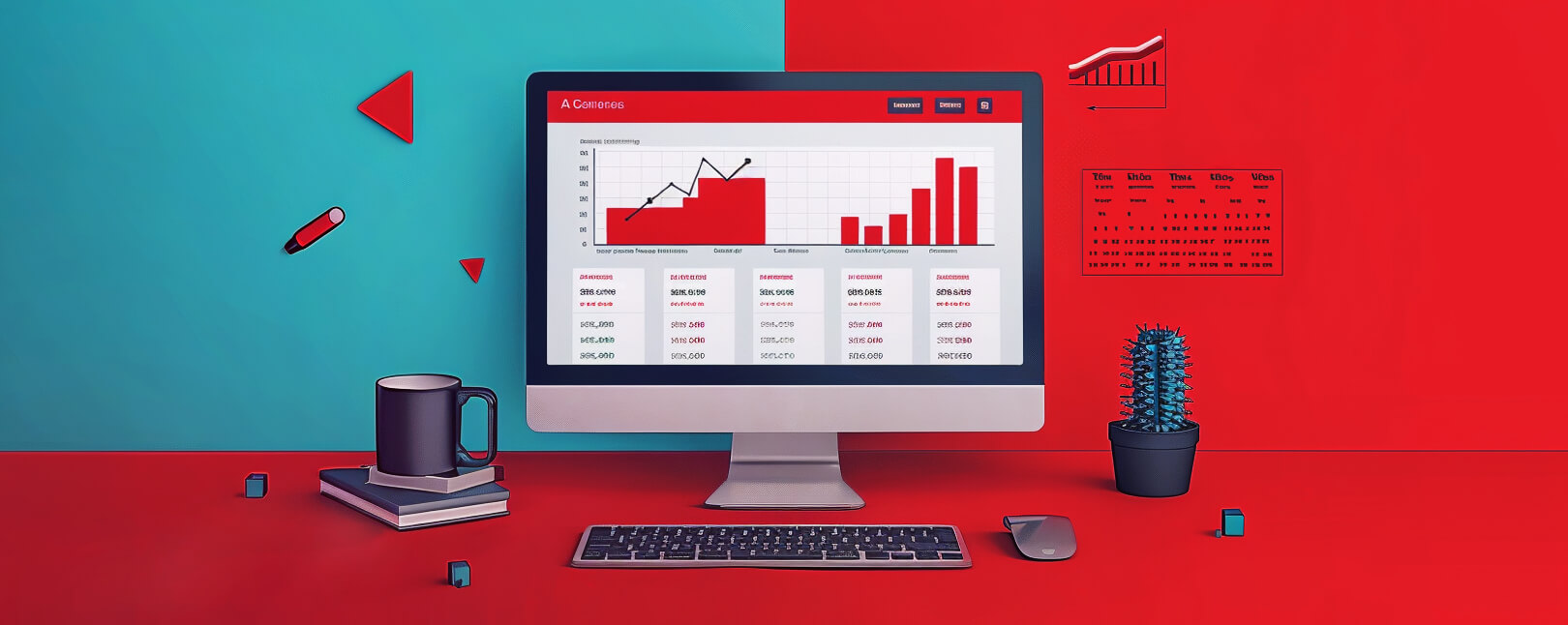A Quick Guide to Subscription Billing: How it Works & How to Get Started
Recent market research predicts that the global subscription billing management market will nearly double in size over the next 5 years. This is supported by the fact that around 5% of European consumer spending is currently allocated to subscription services.
These figures clearly demonstrate the rising popularity of this model. But, how do you break into the subscription space?
If you’re trying to launch your own service, the initial stages may seem complex. However, there’s no need for concern; subscription billing software and other solutions exist to help you navigate this expanding market.
You have the tools to establish a subscription model with confidence. Let’s find out how to use them.
Recommended reading
- Mastercard Recurring Payments: Free Trials, Billing & More
- Know the Visa Recurring Payments & Subscription Guidelines
- Visa Account Updater: What it Does & How it Works
- The Top 12 Subscription Billing Platforms of 2024
- Which Subscription Billing Model is Right for Your Business?
- The 2024 Guide to Subscription Billing Software
What is Subscription Billing?
- Subscription Billing
Subscription billing is a business model by which merchants automatically bill customers on a fixed schedule in exchange for regular delivery of a product or service.
[noun]/səb • skrip • SH(ə)n • bil • ing/Subscription billing allows customers to pay for goods or services on a recurring basis, rather than initiate repeated, one-time purchases. It's like a magazine subscription; customers sign up to receive a product or service at regular intervals, and their payment is automatically processed each billing cycle.
The subscription billing approach is nothing new. However, it’s become increasingly popular in recent years.
As a merchant, it provides you with a predictable and steady revenue stream. At the same time, subscription services offer your customers the convenience of automated payments and continuous access to the products or services they love.
Products bought through subscription services often cost less per item than one-time purchases. This is done as an incentive for the buyer; you give up a percentage of profits in exchange for the promise of predictable revenue. Customers get cheaper goods and services, delivered on a reliable schedule. It’s a “win-win” situation.
Why Offer a Subscription Service?
We touched on a couple of benefits above. But, let’s dig a little deeper.
As we alluded to before, subscription services are big business. The global subscription and billing management market will be valued at $14.1 billion by 2028. That’s a compound annual growth rate (CAGR) of 15.7%. Roughly half of consumers have at least one subscription, with more than one in four saying they plan to enroll in more subscription services in the future.
With subscription billing, you’ll enjoy more predictable cash flow. Traditional sales methods can’t predict how much you’ll sell in any given month. Subscription billing models, however, are different.
You won’t be able to pinpoint the exact numbers, but you will know the approximate minimum amount coming in on a regular schedule. And since that schedule is preset, you’ll also know when to expect payment.
You may also see fewer unpaid invoices. Automated subscription billing means you already have the information — and the permission — to collect regular payments from buyers. It eliminates concerns about late payment fees, both for you and your customer.
If a regular payment does fail, you’re still covered. Your subscription billing software can tactfully alert the subscriber, identify issues, and re-try transactions automatically. If the account remains unpaid, the system can facilitate collections, as well.
DIY Subscriptions vs. Third-Party Platforms
You have two main options for implementing subscription billing. You can manage the process in-house (“DIY” subscriptions), or you can use a third-party platform. Let's compare the pros and cons of each approach.
DIY Subscriptions:
- You enjoy more control over billing processes and customer data. Also, if you have a small customer base, there are potential cost savings to managing subscriptions on your own.
- The DIY approach requires significant time and resources to develop and maintain. You’ll lack a lot of the advanced features or integrations that a platform can offer. This approach may also be more prone to human error. You will need to implement system changes, update customer information, and implement merchandise updates manually, all on your own.
Third-Party Subscription Platforms:
- Quick and easy setup, with access to advanced features and integrations. If you need assistance, your service provider can give expert support, and can also help you streamline processes and minimize the risk of error.
- Third-party platforms may be more expensive for some businesses, depending on the scale. You might have less control over customer data, and be marginally more susceptible to data breaches, as a third party will have oversight over customer data.
At the end of the day, the choice between DIY subscriptions and third-party platforms will depend on your business's specific needs and resources. That said, opting for a third-party subscription billing platform will be the best option in most situations.
If you're a small business with limited time and expertise, a third-party platform will require less preparation, expense, and effort. Check out our detailed article comparing subscription billing platforms to choose the option that is most ideal for your business:
Learn more about subscription platformsExamining Different Subscription Billing Models
Not all merchants or service providers take the same approach to subscription billing.
For example, some require payment for the entire contract term up front. It’s more common, however, for the customer to supply credit card information at the beginning of the contract and be subject to ongoing rebills. The agreed-upon amount is then automatically charged to the subscriber’s account each billing period.
There are several different subscription billing models to choose from, depending on your business and customer preferences. Some of the most common models include:
Same as with subscription platforms, the subscription billing model you choose will also depend on your individual business needs and goals.
Learn more about subscription modelsWhat To Look For in Subscription Billing Software
There is also an abundance of software that can help you automate subscription billing workflows while requiring less daily input from you. The exact features of the billing solution will vary by provider, though.
Some companies offer standalone software, while others have entire platforms that can be integrated into your customer relationship management (CRM) platform. More sophisticated solutions may also include reporting and analytics to help track your return on investment.
With that in mind, here are a few things to look for if you’re comparing services.
- Data Security: PCI-DSS Level 1 and SOC1 Type 1 compliance, plus other security measures.
- Account Management: Collecting, collating, and processing data across the subscriber’s account.
- Invoicing: Automatically preparing and sending clear, easy-to-understand invoices to the right party.
- Dunning Management: Step-by-step collection procedures in place for past-due accounts.
- Adaptability: The ability to work with your current setup but also have the flexibility to scale.
- Accounting & Taxes: Accurate calculations for discounts, trials, taxes, pricing tiers, and more.
- Reporting & Analytics: Analyzing data and providing a variety of customized reports.
The only “right” choice is the software that best meets your needs. When used to its fullest effect, subscription billing software can do a lot of the heavy lifting for you.
Learn more about subscription softwareHow to Choose the Right Service Provider
Weighed the options and determined that outsourcing subscription services to a third party is the best option?
Your subscription business needs a billing solution that is comprehensive, transparent, and easy to implement and use. Consider all the things that a subscription company can offer, then prioritize which are most important.
So, where do you start? Here are some key features to look for:
Now you should have a better idea of what you should look for in a subscription billing provider. Are you ready to start your search? If so, take a look at our rundown of some of the best subscription billing providers on the market today:
Learn more about subscription service providersCommon Risks Associated With Subscription Billing
As with any business model, subscription billing presents its own unique set of challenges and risks. While the rewards can be great, it's essential to keep an eye on potential pitfalls and plan accordingly to minimize their impact.
Be aware of these potential pitfalls as you develop and manage your subscription strategy:
Subscription billing can be a great way to generate dependable, recurring revenue for your business. But, it's essential to understand the different models, tools, and risks involved.
You need to carefully consider your options, investing in the right software, and remain vigilant to potential pitfalls. If you accomplish this, you can successfully implement and manage a subscription model that delights your customers and drives long-term growth.
Fraud & Chargeback Risk: The Top Challenge for Subscription Billing Merchants?
We need to talk about this before we go, as it’s perhaps the biggest downside to offering subscription billing in general.
Merchants engaged in subscription billing are usually regarded as “high risk” by card networks and acquirers. The reason for this is due to an increased chargeback risk generally associated with subscriptions.
Why’s this the case? Well, let's say that a customer suddenly files a chargeback on a subscription billing charge after six months of a service with no apparent issue. The buyer claims that the initial transaction was never authorized, and that they never signed up for your service.
If that happens, the bank is likely to reverse every transaction dating back to the beginning of service. That’s what makes subscription billing a “high-risk” practice.
To be fair, some chargebacks stem from merchant mistakes, such as processing a recurring transaction that should have been canceled. Under those circumstances, the cardholder could have legitimate cause to dispute the charge.
Unfortunately, more and more of these chargebacks are being filed without a valid reason. For example, we’ve already established that a lot of people are paying for subscriptions they forgot to cancel. That’s not your fault; however, that fact won’t necessarily stop a customer from calling the bank and claiming they requested cancellation. As we mentioned earlier, a subscriber may even try to claim months’ worth of back payments, blaming you for the mix-up.
Learn more about high-risk processingNeed Help?
eCommerce subscription billing can be highly profitable and convenient. However, the revenue you lose to chargebacks can quickly undercut your earnings. The good news: you don’t have to fight chargebacks alone.
Chargebacks911® is the industry’s leading source for comprehensive chargeback management and mitigation. We offer innovative technologies and highly-customizable strategies that can identify and combat chargebacks in ways no other provider can match.
If you’re considering a subscription billing model, you need to take proactive steps to lower chargeback risks. To learn about our end-to-end solutions, contact us today.
FAQs
What is Subscription Billing?
Subscription billing is a business model by which merchants automatically bill customers on a fixed schedule in exchange for regular delivery of a product or service.
What is the difference between recurring billing and subscription billing?
Recurring billing is a payment structure employed by subscription businesses to charge a customer's credit card for products or services according to a predetermined billing schedule. Typically, subscription services implement this approach on a monthly or annual basis, continuing until the customer either revokes permission or cancels their subscription.
How do I bill a client for a subscription?
While the concept of subscription billing is universal, not all merchants take the same approach. For example, some require payment for the entire contract term up front. It’s more common, however, for the customer to supply credit card information at the beginning of the contract. The agreed-upon amount is then automatically charged to the subscriber’s account each billing period.
What are the different types of subscriptions?
There are several different subscription billing models to choose from, depending on your business and customer preferences. Some of the most common models include: flat-rate subscriptions, usage-based subscriptions, tiered subscriptions, and freemium subscriptions.
How do you process subscription payments?
Some companies offer standalone software, while others have entire platforms that can be integrated into your CRM or customer operating systems. More sophisticated solutions may also include reporting and analytics to help you track your return on investment.














